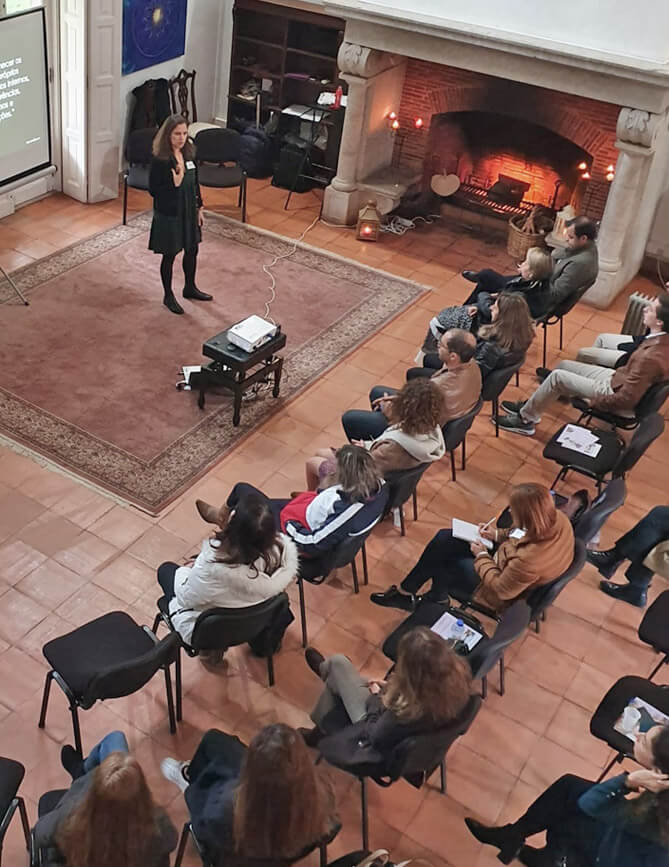(Video in English, subtitles in Portuguese and Spanish)
More videos in our YouTube Channel
So, this is one of the things that’s kind of cool about
pain-related negative emotion is that physical proximity is analgesic.
That’s another thing that’s useful to know.
So, what do you do when someone’s grieving?
What can you do?
You express your condolences obviously,
but about the only thing you can really do is give them a hug.
That’s what you do to a child that’s in pain as well.
If they’re scraped their knee or whatever,
you give them a pat, or you give them a hug.
That close, physical, proximal contact is actually analgesic.
That’s another useful thing to know
because if you happen to be grieving,
or if you know someone who’s grieving,
then one of the things that you could recommend to them
is a massage because that touch is actually
going to be directly helpful to them.
You know, you soothe an irritable baby usually
by rocking it but by touching it,
and babies are very, what would you say,
part of their sense of security is actually established as a
consequence of close, physical, proximate touch.
Babies actually die without touch.
That was discovered almost 100 years ago.
So, even if they’re given enough food
and enough liquids and enough shelter,
if they’re not attended to and touched,
then a lot of them their gastrointestinal systems will shut down,
and they’ll die.
Even if they don’t die,
they’re unbelievably compromised in their future development.
So, touch is analgesic, so that’s kind of a useful thing to know.

